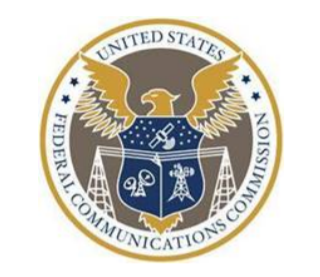LEDs have been around for many years. However in the tower lighting world their deployment is creating cost-savings. That’s according to LumenServe executives who spoke with SBE Chapter 37 members on Tuesday night.
The Austin, TX-based company serves about 1,000 towers, mostly in the central U.S. and the East Coast. Its Network Operation Centers track telecom, broadcast, cable and government communications towers, including some used by FirstNet.
Founding LumenServe COO Kevin Bethke says some 90 percent of the installed towers the company serves have traditional, incandescent or xenon gas-filled tube lights. Traditional tower lighting technology “is associated with higher power consumption and a short life,” he explained, noting that glass light bulbs often burn out after two years.
He listed other problems he sees in the field such as damaged solder connections, filament burnouts, broken electrodes and cracked glass. Traditional glass lights are also prone to EMI/RFI interference and create a large footprint of light, which many communities equate to light pollution, he added.
In contrast, LED lights are “the smallest light source available,” and contain no fragile glass and filaments. They’re also shock and vibration resistant and have a long life, according to Bethke.
As LEDs came to the market, the light output per LED has “significantly increased,” said Bethke. That means “you need fewer LEDs to get the same light output now,” which he says equates to a cost benefit for the tower owner. LEDs have a “90 percent reduction in electrical expenses,” with reduced light pollution, he noted.
By Leslie Stimson, Inside Towers Washington Bureau Chief





Reader Interactions